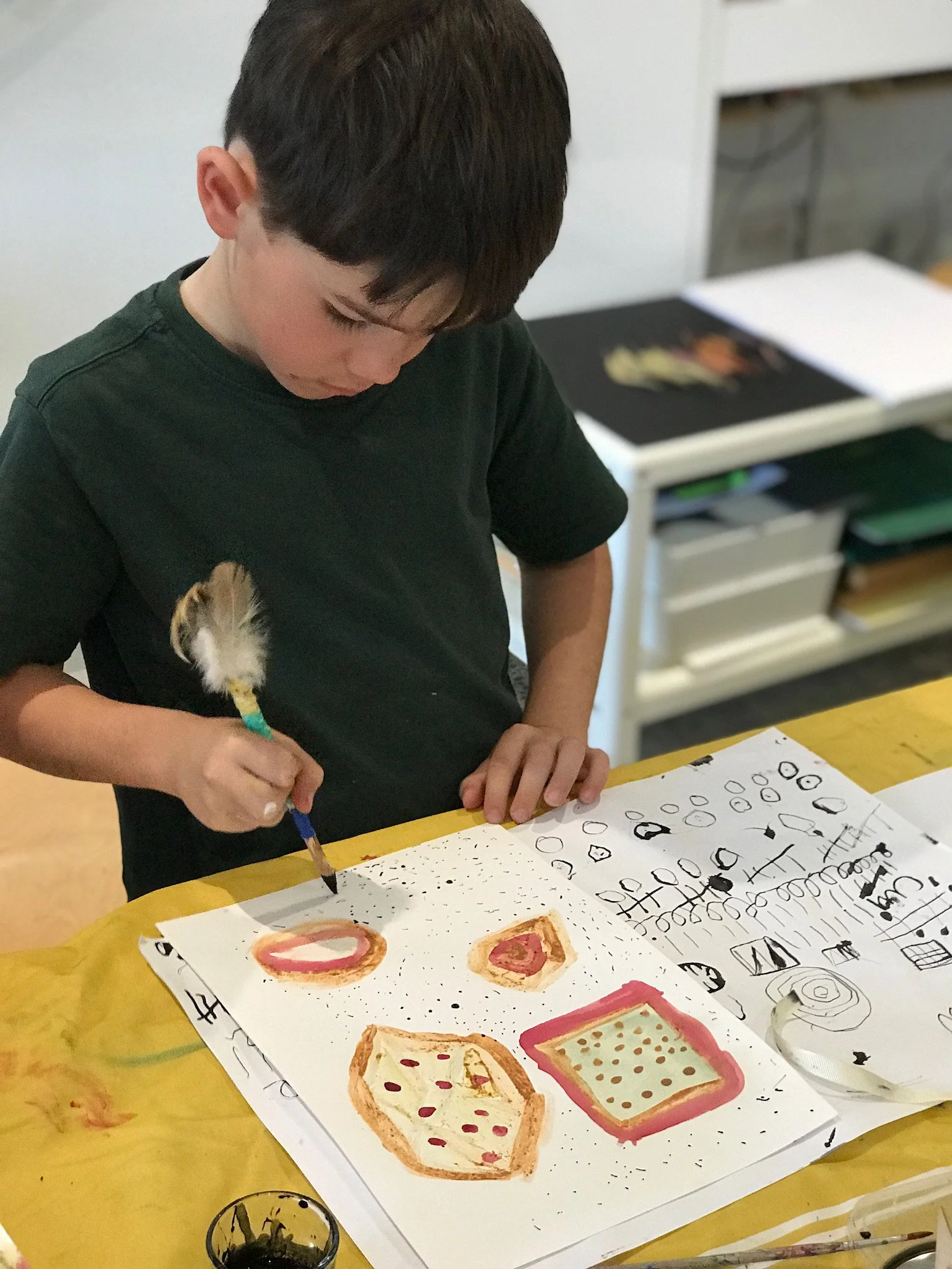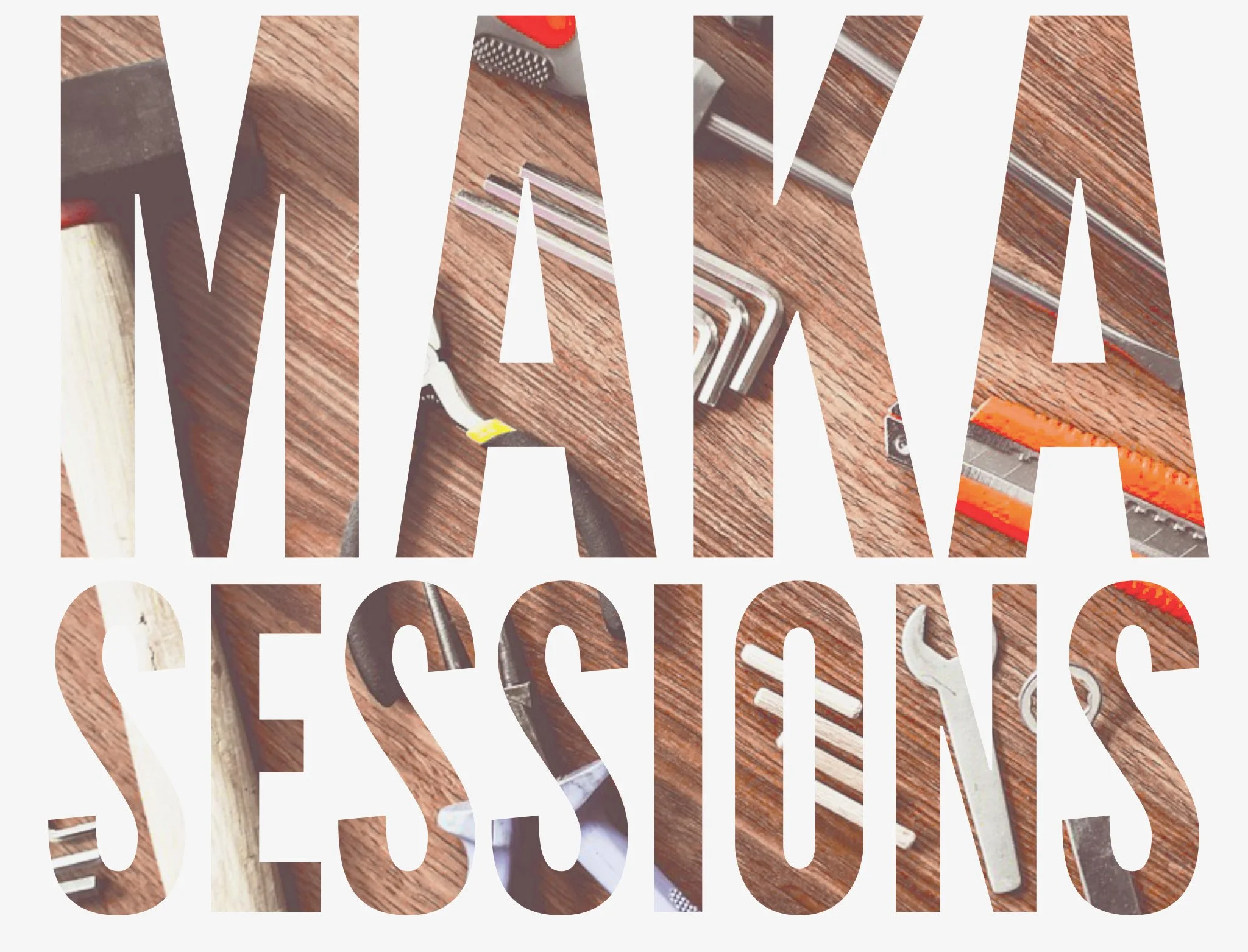Making and the power of tinkering
[7 minute read.]
Ever heard your child say, “I’m bored”, or, “I have nothing to do”? Or, do you watch as your young person sits and scrolls away the day or evening on their device with a distant look on their face, and wonder about all the things they could be doing?
Hearing the comment, “I’m bored” seems like a rare thing these days especially in the scrolling world of online social media. That’s not to say that some scrolling isn’t helpful, or has its purpose.
And this post isn’t about being on devices, as much as it is about the ways we choose to pass our time. Try to think back to a time when you, yourself, uttered the words, “I’m bored.” What were you doing? Where were you? How old were you? Who was with you? And then, what happened from that point?
There is a functional theory about being bored. It’s our cognitive ability to change tack or ignite our curiosity, or seek out experiences that are satisfying for us. Boredom is also situational. If something is not very challenging, we can quickly become bored, or vice versa, if something is too difficult we can disengage. Either way we find ourselves unsatisfied by the current situation and we want to change it.
Here’s where we switch the conversation to tinkering. You might call it pottering. To tinker, or potter, is to do a small task or activity that requires little effort, or to make small changes to something in a relaxed, slow way. If you think about it, a tinker is someone who travels around fixing and mending things for others.
By the way, “pottering” in Auslan looks like this: https://auslan.org.au/dictionary/words/pottering-1.html
I recently came into a stash of t-shirts from a recent local campaign and have been mulling over ways to re-use these, from making bags to simple shorts. I call it “prototyping”, but it’s effectively tinkering and pottering. I can cut, sew, think about patterns, scroll my phone (see?) for some inspiration and instruction on aspects that I’m not sure about, re-design, and problem-solve ways to maximise the materials and minimise wastage. By the time I’m warmed up to the activity it’s gone from tinkering and pottering to making. That is, I’m invested now, I’m in the flow, and bully to anyone who steps into the studio space to interrupt me, haha!
“Making” in Auslan looks like this (even looks a little more purposeful, right?)": https://auslan.org.au/dictionary/words/making-1.html
To begin by pottering means I can test the waters first without a huge investment of time, energy and focus, yet it’s a sneaky way to warm up to getting stuck into doing something productive - you effectively cheat yourself into getting things done. Think of all those times when you took a broom to the cobwebs on the ceiling then found yourself pulling down your pictures and dusting off frames, then realigning and rehanging pictures in a different way, then shifting the furniture to match the new look and finally you’re on the phone getting quotes to repaint the loungeroom! You laugh, but you know it’s true!
This is how we humans get things done.
Tinkering, pottering, prototyping, making all have provided me a space and scope to learn, develop and grow without the pressure of a specific outcome. Instead, it has left me feeling a broader sense of achievement, confidence and capacity development to take on things I would otherwise not consider, or tryout in the first place.
What I also love is that driving feeling, or momentum, that comes with curiosity. It is curiosity that really kicks off a creative process. Let me tell you about the introduction of the Xerox, or photocopier, as a creative medium…
With the breakdown of her marriage in the mid-60’s, Barbara T. Smith, had a Xerox machine installed in her house. Through this medium she processed the trauma of her divorce (including supporting her three children) and began an artistic journey which included the co-founding of an art space in California, and where Smith continued to grow her process to include theatre and performance art.
In the late 1980s, artist Thomas Bayrle created artworks using a rented photocopier and together with his wife and a number of assistants, would distort an image by pinching it in various places as it was being copied by the printer. His famous piece, Madonna Mercedes (1989), hangs in the Städel Museum collection in Frankfurt, Germany.
Pop art icon, Andy Warhol, also made use of photocopied screen printed images for his famous works such as Marilyn Monroe, Campbells Soup, and more. He began with an ink blotting technique, then built up a process that we now understand as silk screen printing and then photocopied screen printed works to reproduce these and then used an under- or over-painting process, to finish the artworks. Warhol even produced a self-portrait featuring his head lying side-on on the glass plate of a photocopier.
In my humble tinkering with t-shirts to re-value them into something else, I took on some new learning - it sort of creeps in - through the doing and the curiosity.
A tote bag made from a single tshirt, complete with side pocket made from the tshirt sleeve. The text is repurposed from the original text on the tshirt.
When we run our maker sessions after school the same elements are very present. And yes, there may well be the next Smith, or Warhol, amongst them!
In our MAKA sessions we’ve been testing out different designs for Bat Habitat Boxes (specifically micro bats), using old pallets, jarrah floorboard off cuts, recycled screws and a basic set of tools - drills, hammers, handsaws. Tinkering with different wood means learning about its properties and capacities to be manipulated. Have you ever tried hand-sawing jarrah? Takes forever! Also, measuring becomes a necessity not an eyerolling “you just want us to do Math!” exercise. If you measure incorrectly you end up with a messy box that’s not effective for its soon-to-be winged residents!
Take a look at these bat boxes, proudly developed whilst tinkering, pottering and making.
Like this story? Send it to a friend or leave us a comment below.
Keen to get your young maker involved? Contact us for a try-out session. We can run tryouts over this coming school holiday period. Term 2 MAKA memberships will be released shortly!
Looking for some school holiday creativity? Come and visit us during the City of Perth Boorloo Heritage Festival for Mamma Maali in the Quay each day during the holidays. We have some printing and making themed around maali the swan (and you can meet Syd the swan too, made by local artist, Ken Allen. Syd loves making new friends!).
Stay tuned for our Easter and holiday making and creating sessions available shortly via our shop - Monday 14th, Wednesday 16th and Thursday 24th April.






